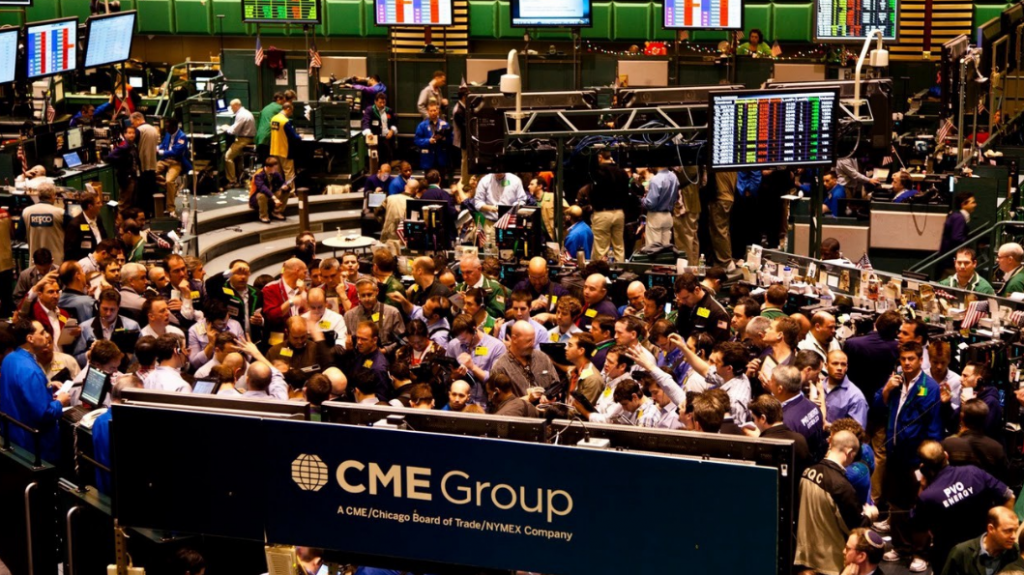CME’s new contract no quick fix for gold market turmoil, traders say

U.S. exchange operator CME Group on Tuesday announced a new gold futures contract to combat price volatility caused by the shutdown of gold supply routes, but traders and bankers said it would not immediately calm markets.
Gold prices in London and New York diverged sharply on Tuesday as the coronavirus outbreak grounded planes and closed precious metals refineries. Traders worried they would be unable to move gold from London to New York.
The price gap disrupted trading in the London market and caused a plunge in liquidity.
CME Group said there were legal and regulatory concerns with changing existing and widely-used contracts
Major gold trading banks and the London Bullion Market Association asked the CME to change its rules to accept 400-ounce bars in London against its contracts, removing the need to reshape and transport metal and allowing prices to normalise, sources told Reuters on Tuesday.
London, a leading gold storage hub, runs on 400-ounce gold bars while the CME’s Comex exchange uses 100-ounce bars.
CME instead said it would launch new gold futures that could be settled using 400-ounce, 100-ounce and 1-kilogram gold bars and instruments to link these with its existing contracts.
“This new contract will provide customers with maximum flexibility in managing physical delivery,” said Derek Sammann, CME’s global head of commodity and options products.
It is not an immediate fix, John Reade, chief market strategist at the World Gold Council, said.
“All the open interest at the moment is in the old contract. How long does it take to navigate from the old to the new? Months?,” he said. “It solves things potentially in the long term, but doesn’t do anything for the market now.”
CME Group said there were legal and regulatory concerns with changing existing and widely-used contracts. “We always work to preserve the integrity of each contract for all open interest holders – short and long,” it said.
Gold futures on Comex were trading around $1,640 an ounce at 1600 GMT while London spot metal cost around $1,605. The gap ballooned to as much as $70 on Tuesday – the biggest premium for Comex futures in at least 40 years.
Usually the two trade within a few dollars of one another.
Liquidity and pricing on spot gold and the contract used to bridge the London and New York prices – known as an exchange-for-physical (EFP) contract – had improved from Tuesday, traders said.
But conditions remained difficult, with the spread between offered buy and sell prices for spot gold – normally below 50 cents – ranging from $5-$20 an ounce on trading platforms run by banks and brokers, having risen as high as $50 the previous day, traders said.
“(The) market is still stressed and thin,” said one, adding that traders were waiting for clarity from the CME on how the new contracts would work.
CME said it would announce the launch date for the new contracts this week and the first would mature in April.
(By Peter Hobson and Bhargav Acharya; Editing by Aditya Soni, Alexandra Hudson and Barbara Lewis)
{{ commodity.name }}
{{ post.title }}
{{ post.date }}

Comments